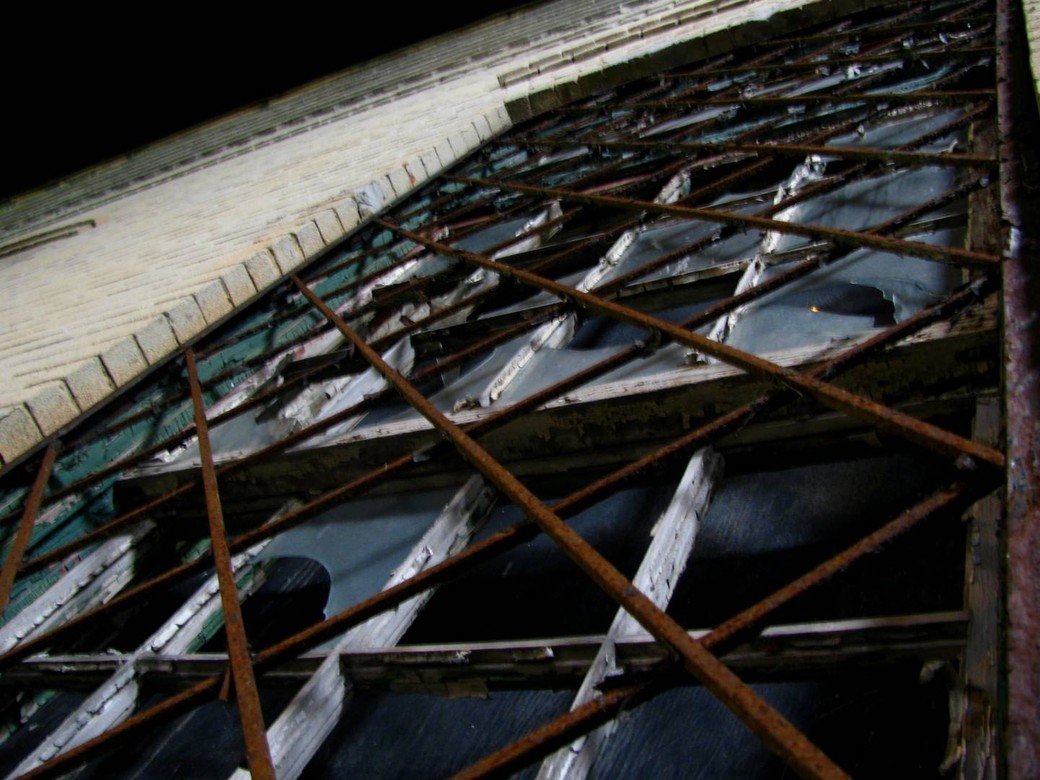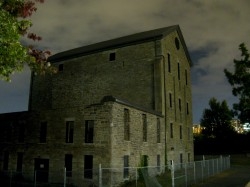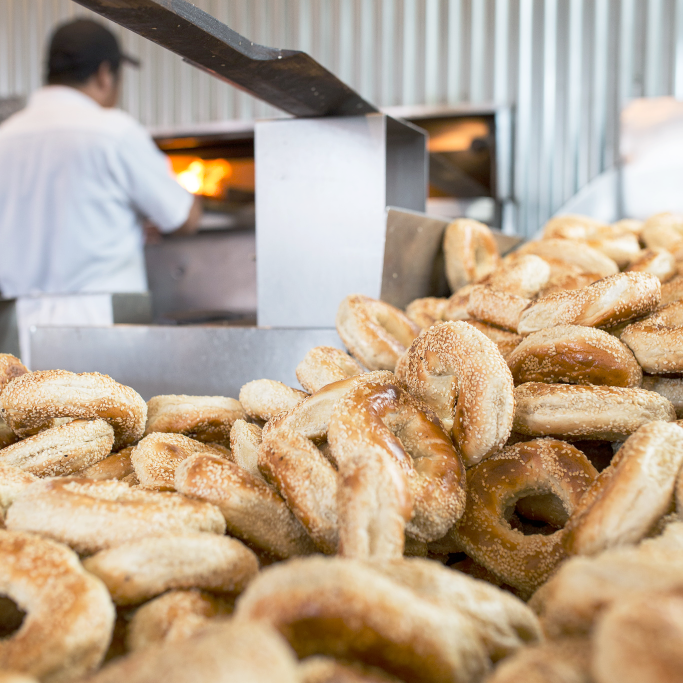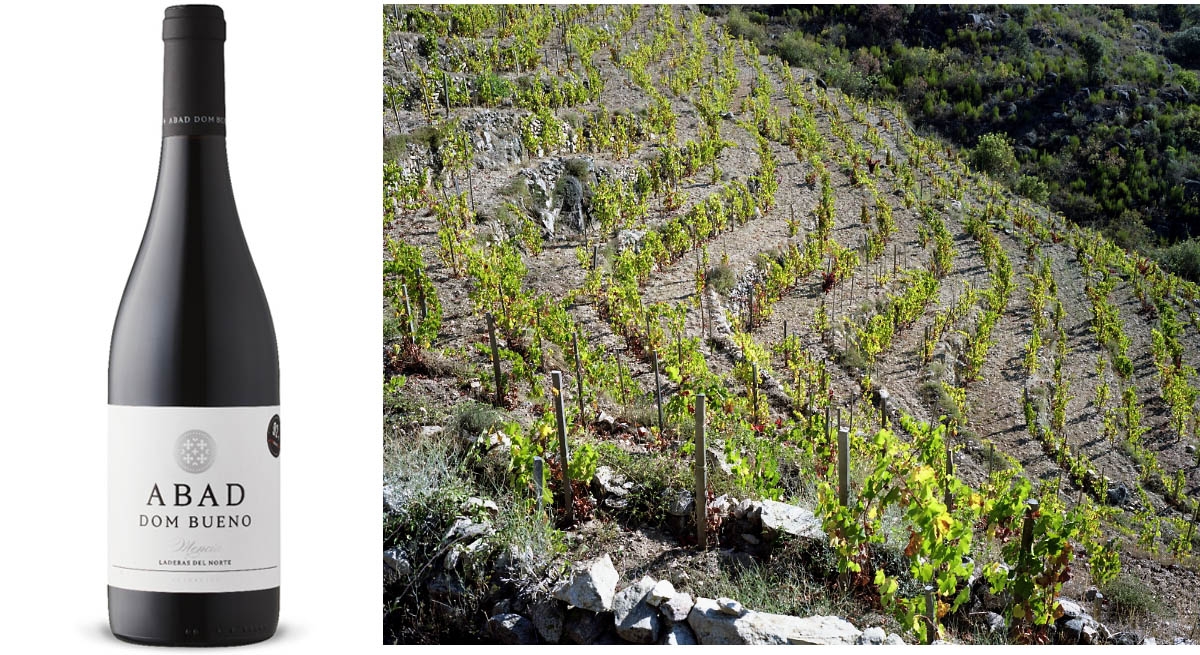
Relics of the Past
The Mill Street Brewery might tempt you to put a hold on your New Year’s resolution diet once they start tapping their kegs on January 27, 2012 at the historic limestone mill. Situated between Lebreton Flats and the Portage Bridge, this unique building once occupied by the renowned old Mill restaurant, offers a splendid view of the Ottawa River. Several extraordinary relics, built during the river timber trade boom, populate the riverside and some are in dire need of refurbishment.

Before the invasion of bureaucrats in Ottawa after Queen Victoria selected it to become the Nations Capital in 1857, it had a previous calling. First exploited by the Europeans for its fur, the region later attracted a wave of loggers, many of them being francophones. The adjacent lands to the Kichi Sibi, Algonquin for the Ottawa River, offered substantive lumber. The Ottawa Valley’s economy ignited as settlers profited from this valuable resource.
The first to settle in the area was Massachusetts native Philemon Wright, who set up camp near the Chaudières Falls. Wright was also the first to send rafts of wood to the port of Quebec City via the Ottawa River. The trip took two years to make, but with the global political situation the risk was worthwhile as it became Ottawa’s economic destiny.
As Europe struggled with the destructive Napoleonic Wars, the Outaouais and Ottawa region became productive settlements. Because of Napoleon’s Baltic blockade, the British looked west for their timber. As trees fell to the ground to supply Britain’s Royal Navy, entrepreneurs erected buildings from the ground up.

The timber boom varnished the banks of Ottawa River with the wood-working structures. Some of these buildings were timber slides to facilitate the passage of logs along the Ottawa and its tributaries. Ruggles Wright was the first to build these structures in Hull and the slides were among the first of Public Works Canada. Men would go down these slides handling rafts creating quite the spectacle. They were so exciting, Prince Edward of Wales descended one in 1860. The Royal Family were reassured since Ottawa’s River-Men were unparallelled. In fact, they were sent to manoeuvre the rapids of the Nile River as part of a relief expedition to General Charles Gordon of Khartoum. Yes, the movie Khartoum starring Charlton Heston is based on a real person! The happening not only attracted Royalty, but courted capitalists.

The lumber economy in Ottawa spruced up when lumber barons such as, John Rudolphus Booth and Ezra Butler Eddy, settled in the mid 19th century. They set up shop near the river and used the power of the falls to produce energy allowing communities to burgeon alongside. Ottawa and Hull prospered extensively from the development of the lumber industry with rafts worth over $100,000 at the beginning of the 20th century. This led to the foundation of important industries such as, Eddy’s match factory in Hull. However, the industry slowly ebbed away.
After the World Wars and with the emergence of steel ships the industry disappeared leaving behind beautiful historic buildings. While some of these are occupied by Domtar and Hydro companies, several remain abandoned. The Mill Street Brewery is an ideal of what can be done with these relics of the past and a method to evince the National Capital Region’s rich history. It would be an admirable New Year resolution for the City of Ottawa and of Gatineau to make use of them.
Photographs: Alexandra Campeau et Laurent Robillard-Cardinal
Contact: alexandra.campeau@gmail.com et laurentrcardinal@gmail.com













